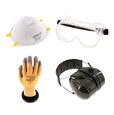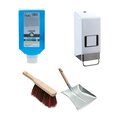Best Practices for Maintaining a Clean and Safe Industrial Workplace
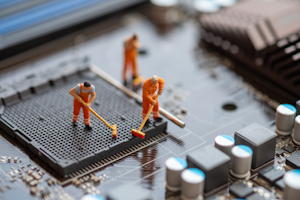
Figure 1: A clean and safe workplace promotes employee value and efficiency.
Keeping a clean and safe industrial workplace is important to increase productivity, reduce accidents, and adhere to regulations. To achieve these goals, companies must implement structured maintenance and safety protocols. This article will discuss the best ways to maintain equipment, manage waste, follow safety rules, and clean regularly, offering practical tips and strategies to foster a culture of safety and efficiency.
View our online selection of health and safety products!
Table of contents
- Benefits of a clean and safe workplace
- Best practices for maintaining cleanliness
- Best practices for maintaining safety
- Common cleaning and safety procedures
- FAQs
Benefits of a clean and safe workplace
- Increased productivity and morale: A clean workplace helps employees focus on their work, removes distractions, and saves time. It also makes employees feel valued and motivated, boosting morale and productivity.
- Reduced accidents and health issues: A dirty workplace can lead to accidents. Regular cleaning reduces this risk and prevents the spread of illness, resulting in less employee sick time. Focusing on safety, as per OSHA, can decrease injuries by up to 40%.
- Better compliance with regulations: Maintaining a clean, safe workplace is key to complying with health and safety regulations. Regular inspections and cleanings can avoid hefty fines. It also shows employee care, enhancing your company's reputation and attracting talented workers.
Common health and safety regulations
Here are some examples of cleanliness and safety regulations in industrial workspaces for different regions:
- OSHA: The Occupational Safety and Health Administration (OSHA) enforces workplace safety and health standards in the United States.
- WHMIS: The Workplace Hazardous Materials Information System (WHMIS) sets standards and guidelines for safe storage, use, and disposal of hazardous materials in Canadian workplaces.
- EU-OSHA: EU-OSHA provides guidelines for maintaining workplace safety, including cleanliness and hygiene standards.
- Work Health and Safety Act 2011: This act sets out requirements for workplace health, safety, and welfare, including cleanliness and hygiene.
- Netherlands Labour Authority: The Netherlands Labour Authority is responsible for enforcing regulations suggested by EU-OSHA, the Working Condictions Act (Arbowet), and the Working Conditions Decree (Arboregeling).
Best practices for maintaining cleanliness
Regular cleaning and sanitization
Regular cleaning is the best method for maintaining a clean industrial workplace. This involves removing dust and debris and sanitizing work surfaces with appropriate cleaning agents. High-contact areas such as door handles, control panels, and shared tools should be cleaned and sanitized frequently to prevent the spread of germs.
Implement a cleaning checklist
A cleaning checklist is a necessary tool for ensuring that all cleaning tasks are completed. It should detail the tasks, the frequency (daily, weekly, monthly, etc.), and the person responsible. This checklist should be easily accessible to all employees and regularly updated.
Daily cleaning routines
Instituting daily cleaning routines ensures that cleanliness is maintained consistently. Every shift should have designated cleaning tasks, and employees should be trained to clean their workspaces before and after their shifts.
Deep cleaning schedules
In addition to daily cleaning, regular deep cleaning should be scheduled. Deep cleaning is a thorough cleaning process that may include activities such as machine maintenance, cleaning of ventilation systems, and sanitation of restrooms and break rooms. Deep cleaning should be conducted weekly, monthly, or quarterly, depending on the industry's nature and the specific workplace's needs.
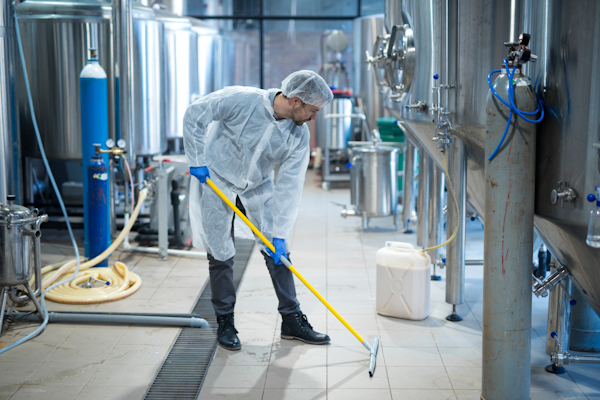
Figure 2: Regular deep cleaning protects health and safety.
Proper waste disposal
Proper waste management is integral to maintaining a clean industrial workplace. All waste should be disposed of in designated bins, and separate containers should be provided for different types of waste - general waste, recyclable materials, and hazardous waste. Waste bins should be emptied regularly to prevent overflowing, which can attract pests and create a hazardous work environment. A schedule for waste removal should be established and strictly adhered to.
Safe disposal of hazardous waste
Industrial workplaces often generate hazardous waste that must be handled with extreme care. Policies should be in place for the safe disposal of hazardous waste in compliance with local regulations and guidelines.
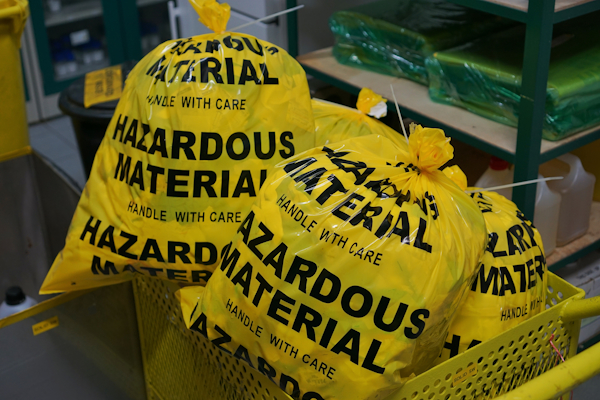
Figure 3: Hazardous material and waste should be properly marked.
Best practices for maintaining safety
Regular safety audits
Use a workplace safety checklist to conduct regular safety audits to maintain a safe working environment. These audits involve a systematic review of the workplace to identify any potential hazards or safety concerns. The frequency of these audits can depend on the nature of the industry, but they should typically be performed at least annually.
Routine inspections
Routine inspections of the workplace should also be conducted. These inspections can be more frequent and less formal, focusing on specific areas or equipment and allowing for immediate identification and correction of safety issues.

Figure 4: Have a checklist to inspect for safety issues routinely.
Address identified issues promptly
Any safety issues identified during audits or inspections should be addressed promptly. This involves not just correcting the issue but also investigating its cause to prevent recurrence. A record of these issues, their causes, and the steps taken to rectify them should be maintained.
Ensure proper PPE usage
Personal protective equipment (PPE) is a crucial part of workplace safety. Employees should be trained in the correct use of PPE, and its use should be strictly enforced. The employer should provide the necessary PPE, and it should be properly maintained and replaced as needed.
Training and education for employees
All employees should be given comprehensive safety training. This training should cover the safe operation of machinery and equipment, recognition and mitigation of workplace hazards, and procedures for responding to emergencies.
Safety training programs
Safety training should not be a one-time event, but rather an ongoing program. Regular refresher courses should be provided to ensure that employees stay up-to-date with safety procedures and protocols.
Emergency response training
In addition to general safety training, employees should also receive training in emergency response. This includes evacuation procedures, first aid, and the use of emergency equipment.
Proper use and maintenance of equipment
All machinery and equipment should be used correctly and maintained properly to ensure safety. This includes regular servicing and repair, as well as ensuring that all safety features are functioning as intended.
Common cleaning and safety procedures
Mold in the workplace
Exposure to mold in the workplace can be harmful, causing allergies and breathing problems. It's important to keep the workplace clean, fix water leaks quickly, and have good air circulation to prevent exposure to mold. If mold is found, a professional should be hired to remove it safely. Workers should be relocated from the area until it's cleaned to avoid further exposure to mold and potential health risks.
Chemical hazards in the workplace
Chemical hazards in the workplace are significant risks; managing them is a necessary part of maintaining a safe work environment. Chemical exposure in the workplace can lead to various health problems, from minor irritations to serious conditions. To mitigate these risks, the safe handling of chemicals in the workplace should be a priority. This involves training employees thoroughly on proper storage, usage, and disposal procedures, as well as equipping them with appropriate personal protective gear to minimize direct contact.
How to clean up chemical spills in the workplace
- Identify the chemical: Check the label or Safety Data Sheet (SDS) to know what chemical has spilled and understand its hazards.
- Wear PPE: Put on appropriate personal protective equipment (PPE) like gloves, goggles, and protective clothing depending on the chemical's nature.
- Contain the spill: Use absorbent materials or a spill containment kit if available, to prevent the spill from spreading.
- Clean up the spill: Carefully absorb the spill using appropriate materials such as absorbent pads, pillows, or neutralizing absorbents. Always work from the outside of the spill towards the center to minimize spreading.
- Dispose of spill materials: Place used absorbents and any contaminated materials in a sealed, labeled hazardous waste container.
- Decontaminate the area: Clean the spill area with a suitable detergent and water, ensuring all residues are removed.
- Report the incident: Inform your supervisor about the spill, the actions taken, and if there are any injuries.
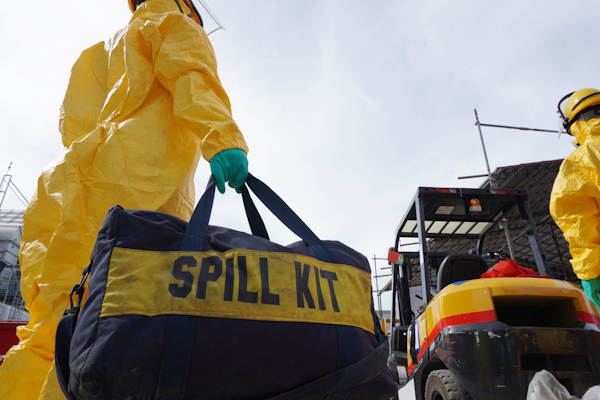
Figure 5: Special spill kits are available for cleaning up hazardous spills.
Fire hazards in the workplace
Fire hazards in the workplace are a significant concern and can lead to disastrous consequences if not properly managed. Common fire hazards in the workplace include faulty electrical equipment, flammable materials, and improper storage of combustible substances. Overloaded power outlets and extension cords can easily spark a fire, while flammable materials like paper, wood, and certain chemicals can provide fuel for a fire to spread. Also, improperly stored combustible substances can turn a small fire into a large one.
Industrial tank cleaning
Industrial tank cleaning is a critical maintenance task in various industries, ensuring optimal performance and safety. Industrial tank cleaning services are typically provided by specialized companies equipped with advanced industrial tank cleaning equipment. These companies have expert teams who are trained to handle various types of tanks, ranging from water reservoirs to chemical storage vessels. They utilize high-powered cleaning equipment to effectively remove all residues, sediments, and contaminants. By hiring professional industrial tank cleaning companies, industries can ensure their tanks are cleaned to the highest standards, preventing potential hazards and extending the life of their equipment.
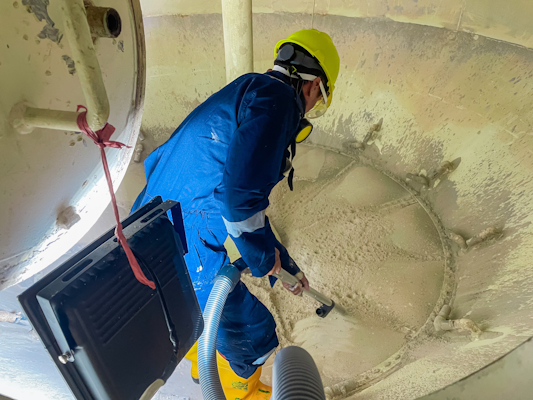
Figure 6: Tank cleaning should be carried out thoroughly by professionals.
FAQs
How do you maintain a clean and safe workplace?
Develop cleaning and safety inspection checklists that are routinely used to fully clean the workplace and ensure safety requirements are being followed.
How do you ensure safe working practices?
To ensure safe workplace practices, make certain all personnel are trained to work safely and identify potential safety concerns.




